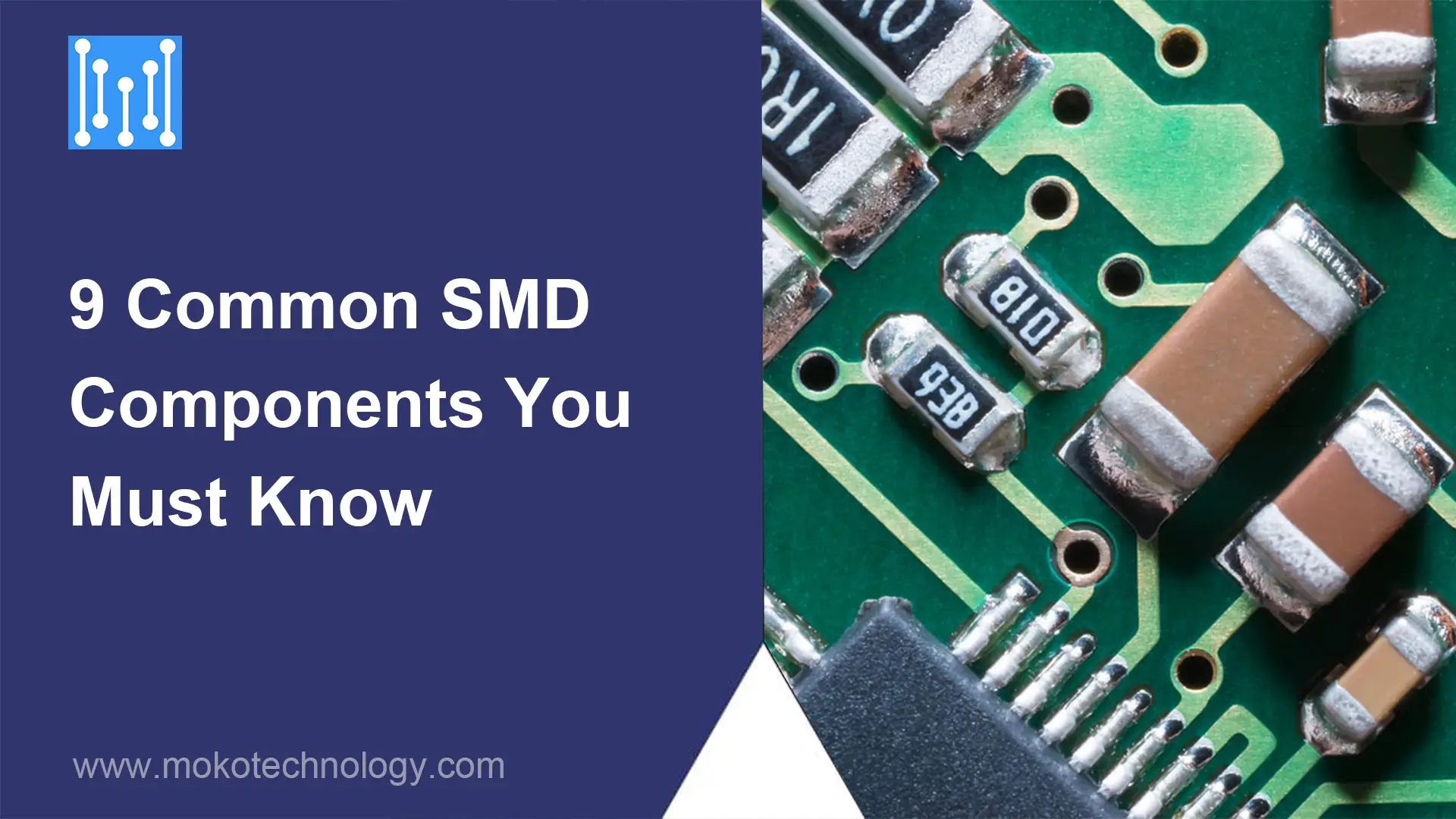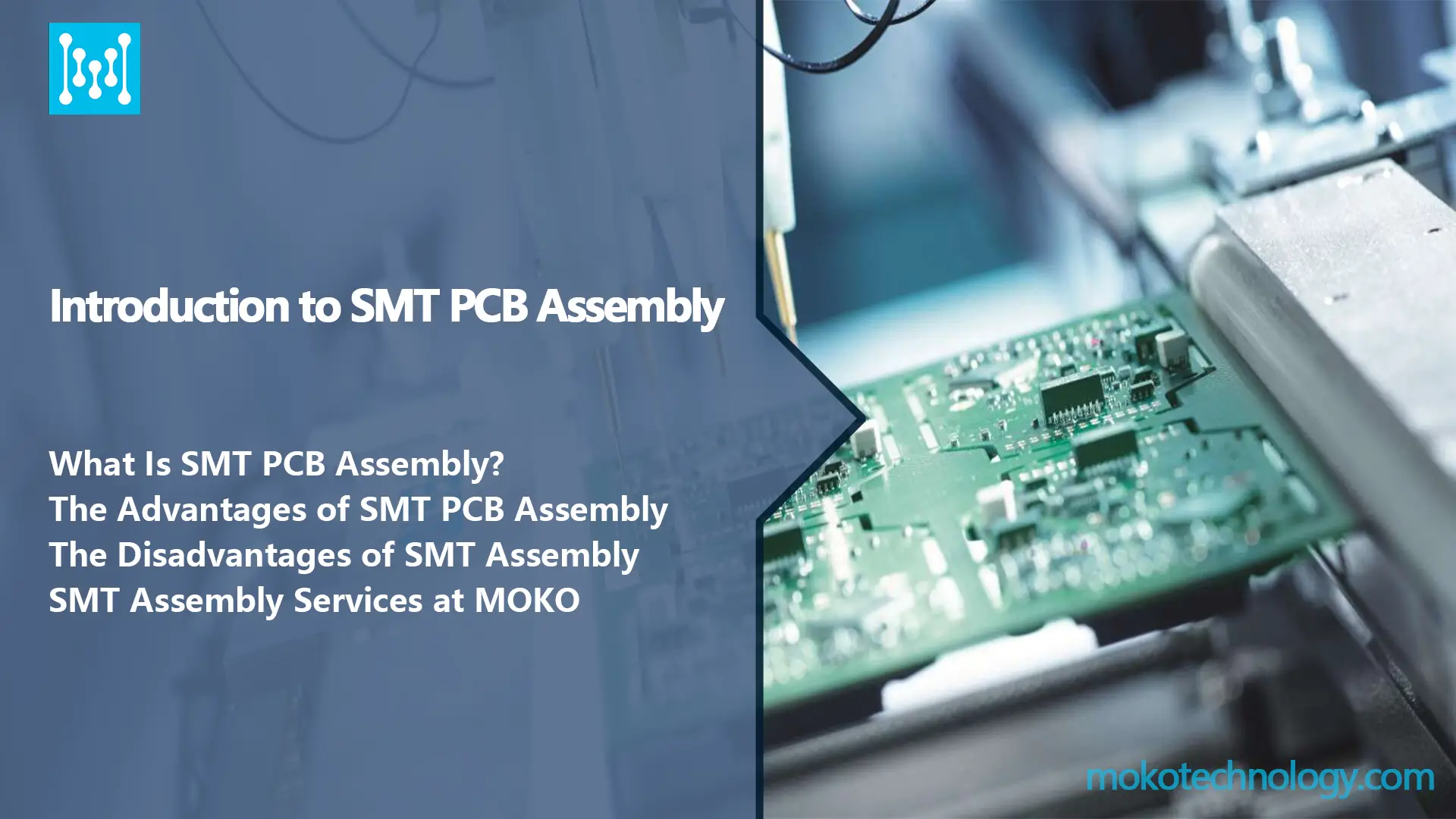The current standard is IPC-7351B, which replaced IPC-7351A, IPC-7351, and IPC-SM-782 (in that order).
Mentor Graphics has a free PCB land pattern viewer for Windows (old link; they rebranded to PADS) for all of the standard parts using this standard. Each part also includes a “courtyard” layer which defines how much space needs to be left around the component for manufacturing. It is useful when you are designing high-density boards.
The standard itself consists of three versions, but for most boards, it is recommended that the “N” suffix (Nominal) footprints are used. Note that most parts do differ slightly from manufacturer recommended patterns, but in my experience (and the experiences of my board loader) these footprints do tend to meet manufacturing requirements very well.
As for you query about the 0805 resistor versus the 0805 capacitor, I suspect that the footprints have been designed to best attach the parts. While they are fairly similar in the horizontal plane, capacitors tend to be slightly higher. Thus, maybe the differences in the footprints take this into account.
Read More: PCB Assembly
#PCB Assembly #PCB Design



